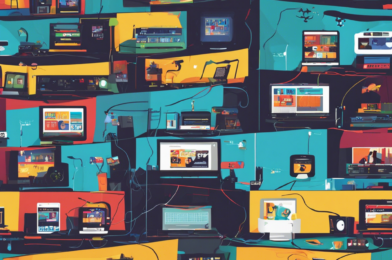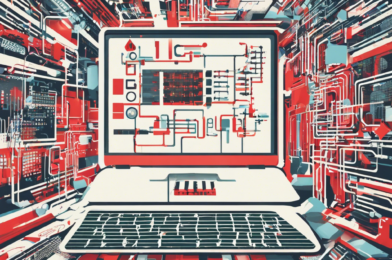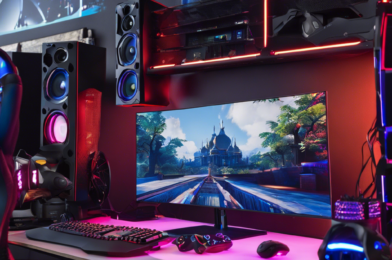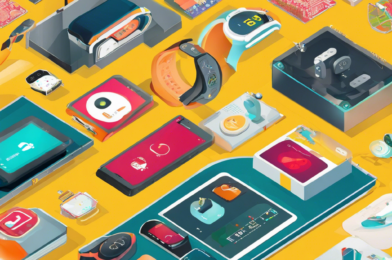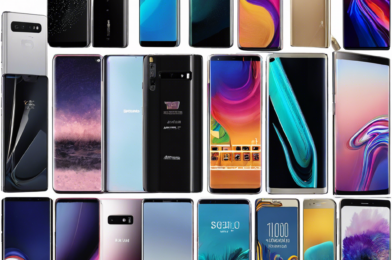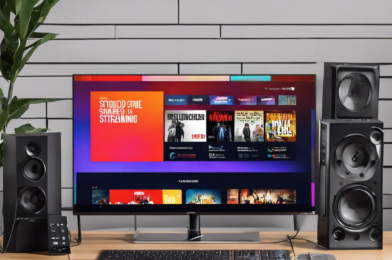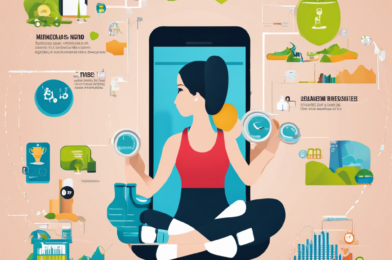The world of online entertainment is evolving faster than ever, with an array of streaming services vying for our attention and remote controls. The ‘Streaming Wars’ have begun, and it’s not just about who has the best shows or movies, but also how these services are changing the way we watch and engage with content. With so many options available, from Netflix to Amazon Prime Video, Disney+ to Apple TV+, deciding what to watch and where to watch it can be overwhelming. It’s like trying to navigate a maze of endless corridors, each filled with tempting options. But is this abundance of choice a good thing?
Absolutely, say industry experts and economists alike. This boom in streaming services has led to a golden age of television, with an unprecedented number of high-quality shows and a renewed focus on creativity and innovation. We’re seeing diverse storytelling and representation on screen, with stories and storytellers from all walks of life finally being given a platform. This benefits not just viewers but also the creative industries, which are thriving thanks to the demand for fresh and unique content.
However, this doesn’t mean that the streaming landscape isn’t without its challenges. With so many services competing for subscribers, the battle for exclusive content has intensified. This has led to a fragmentation of the market, where viewers are forced to juggle multiple subscriptions to access their favorite shows or movies, a phenomenon known as ‘subscription stacking.’ While some may see this as a hassle, others argue that it reflects a wider choice and the empowerment of consumers to pick and choose according to their preferences.
To navigate this new world order, consumers are becoming more discerning. They are demanding not just quality but also value for money. This has forced streaming services to up their game, not just in terms of content but also user experience and additional features. From intuitive interfaces to offline viewing and customizable profiles, streaming platforms are constantly innovating to retain their subscribers.
Another notable trend is the rise of niche streaming services catering to specific interests or communities. Whether it’s anime, British drama, or true crime, there’s a streaming service (or several!) dedicated to your passion. This specialization allows streamers to develop a loyal and engaged fan base, and provides viewers with a highly curated and tailored experience.
As the streaming wars heat up, one thing is clear: choice and convenience are king. Consumers now expect a personalized, on-demand, and seamless viewing experience. It’s an exciting time to be a viewer, with the power to decide what, when, and how we watch in a way that was never possible before. So, grab your remote and get ready to channel-surf through the ever-expanding world of online entertainment!
But, as we continue to navigate this evolving landscape, it’s worth remembering that the streaming wars are ultimately about more than just our entertainment. They reflect a broader shift in the way we consume media and interact with technology. The winners of these wars will not only shape the future of television but also play a significant role in defining our cultural landscape for years to come. So, the next time you sit down to stream your favorite show, remember that you’re not just choosing what to watch, you’re also helping to shape the future of entertainment.
I hope this article meets your expectations. If you would like me to adjust or expand on any part of it, or even write a new article on a different subject, feel free to let me know!
